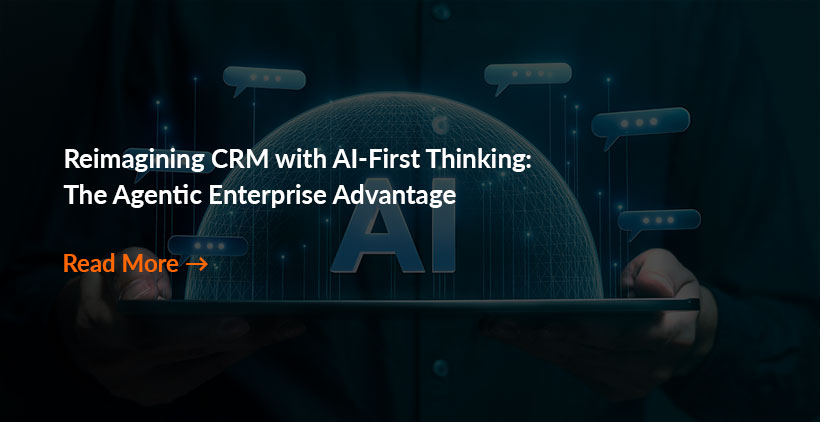Introduction
Enterprise Performance Management (EPM) is an approach that supports an organization’s planning and execution. Its comprehensively incorporated for operational planning, forecasting, financial planning, reporting, analysis, supervising Key Performance Indicators (KPIs), budgeting, etc.
EPM aims to secure strategic goals, and objectives are delivered and understood by managers and reflected in their budgets and strategies. Getting all the multiple departments of a business arranged around goals and objectives is a significant starting point.
EPM enables organizations to spend more time doing strategic and value-added tasks, collect data to prepare a budget, and analyze it to get business insights. EPM supports organizations to streamline their processes and delivers accurate business analysis efficiently.
Automation is the need of the hour, and it goes with EPM as well. EPM integrates with the Enterprise Resource Planning (ERP) system to provide a managerial perspective above all the transactional ones. EPM allows companies to predict the gaps and rectify them strategically, while timely executing reporting, planning.
The evolution of EPM
EPM has evolved over the years to an application powered by the internet (web application) from a Windows-based and a server or client-based model. Technology and automation have changed the course of everything today, and the same goes for EPM. Today, EPM is a cloud-based model called Software-as-a-Service (SaaS). It is not limited to a company’s location but and hosted on a cloud network.
It is an excellent model that helps organizations reduce their operational costs. The cloud is not too pricey and helps the organization eliminate spending a budget on additional IT staffers. It requires minimal infrastructure and management, and without any distractions, the core focus can be put-on value-added tasks.
There are endless possibilities for users with the emergence of Deep Learning, Big Data, the Internet of Things (IoT), Artificial Intelligence (AI). In combination with the above, an open-source-cloud based EPM solution increases the efficiency and agility in productivity management. With the appropriate use of Enterprise Performance Management, organizations can attain agility and high-performance.
Here are the key components that define an EPM:
- Risk Analysis
- Information System
- Project Reviews
- Escalated Issue Management
- PM Coaching
- Time Accounting
Does your organization require an EPM solution?
While EPM is used to solve a growing organization’s complexities, there are many benefits of adopting it.
- Since the start, all the financial teams have been excessively reliant on Excel sheets. However, it is not a solution for all finance-related tasks. However, excel is reliable, easy to use, and affordable. Without automation, organizations cannot stay ahead in their competition in the market. EPM allows them to stay on and not hinder productivity.
- With EPM, organizations can leverage modeling and analytics to perform accurate analysis in real-time. By integrating transactional databases to EPM, organizations can get a 360-degree overview of the data reports in a closer breakdown, like the region, client, product, in real-time.
- Not just modeling, EPM has robust capabilities when it comes to planning, forecasting, and budgeting. It can perform many critical tasks in reduced timelines.
- Without limiting to Excel, EPM helps forecast and present data so that a non-specialist can comprehend its financial aspects.
- EPM helps in demonstrating the data with the help of visualization. It makes reading the reports, gaining insights from the data, and making strategic decisions at the right time very easy.
- With EPM, the organization can eliminate IT administration costs, om-premise software infrastructure, and hardware and software maintenance costs. EPM on the cloud is affordable and smarter to stay ahead in the game by leveraging automation.
To Sum Up!
EPM automates the tasks of data collection and its validation. Without EPM, the process is not accurate and slow. It stops the teams from spending time on performance and value-added tasks. They are continually trying to perform repetitive tasks manually, and it hinders the company’s performance altogether.
There is always a better alternative with time. It is time to stop abusing the excel sheets and outgrown from the dreading manual tasks that are error-prone and slow. If these are the challenges, you face as an organization, its time to step-up and create a forward-looking financial team with an EPM software.
EPM can help organizations perform their businesses optimally. The finance teams can align the organization’s operational plans to their financial goals.
It creates a lot of agility and flexibility amongst teams, and it all together helps in the organization’s growth.



